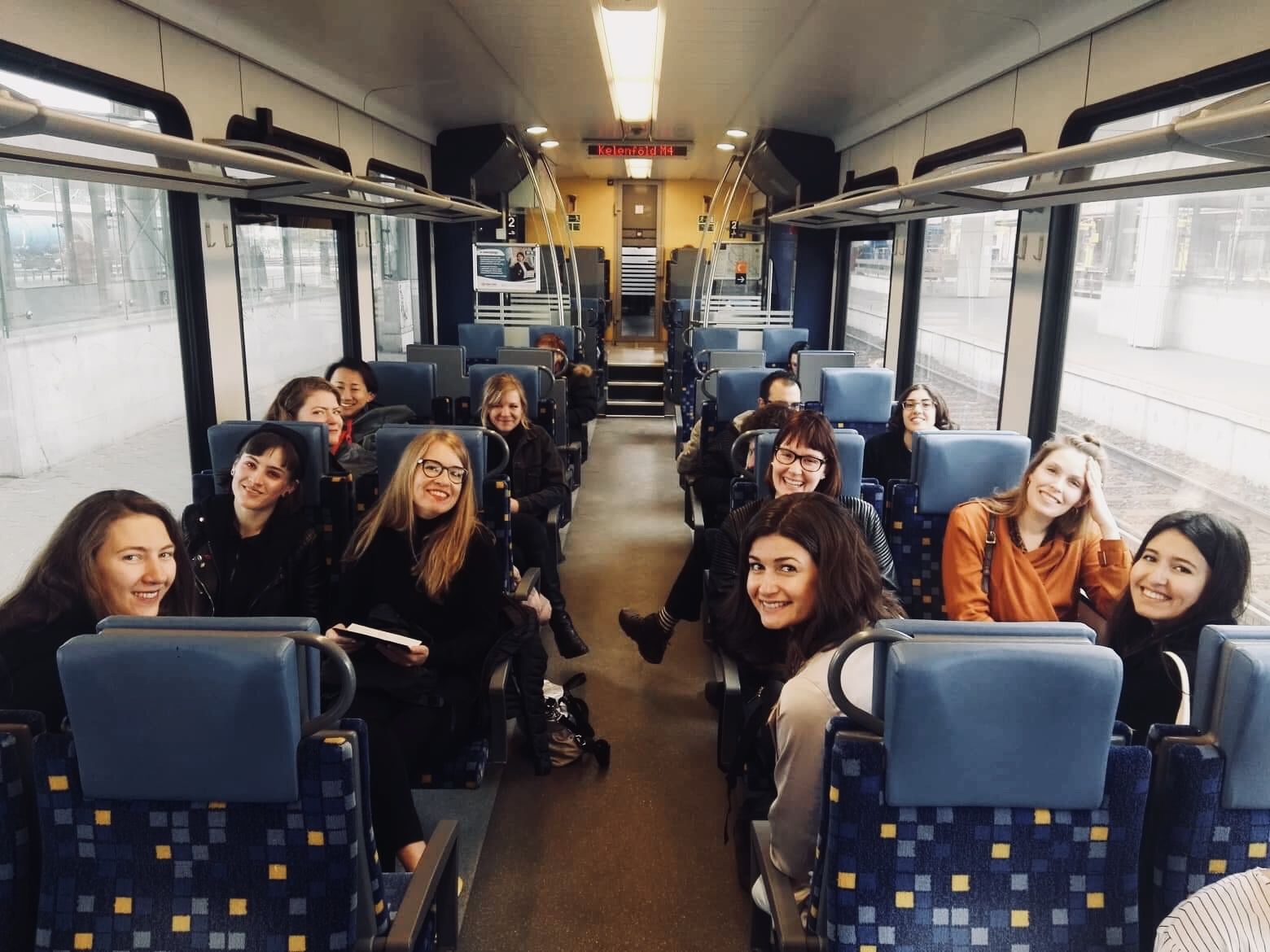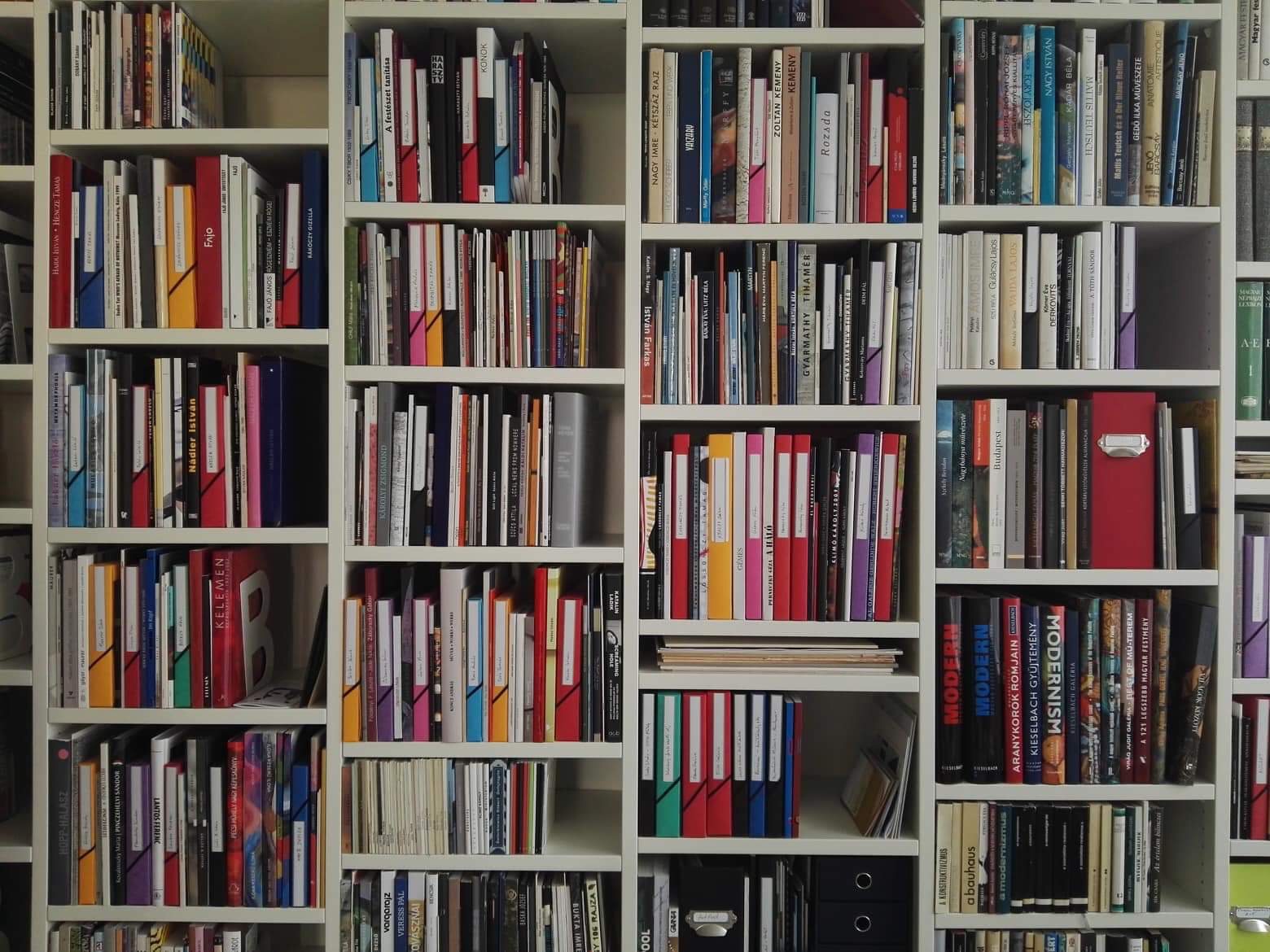Two weeks of professional opportunities to understand the complexity of the contemporary art scene in Hungary, examined in the broader context of the CEE region as well; organized by Easttopics (Budapest), the East Call residency program creates an exciting framework for gaining new insights into the region.
We asked curators participating in the 2019 edition to share their experiences:
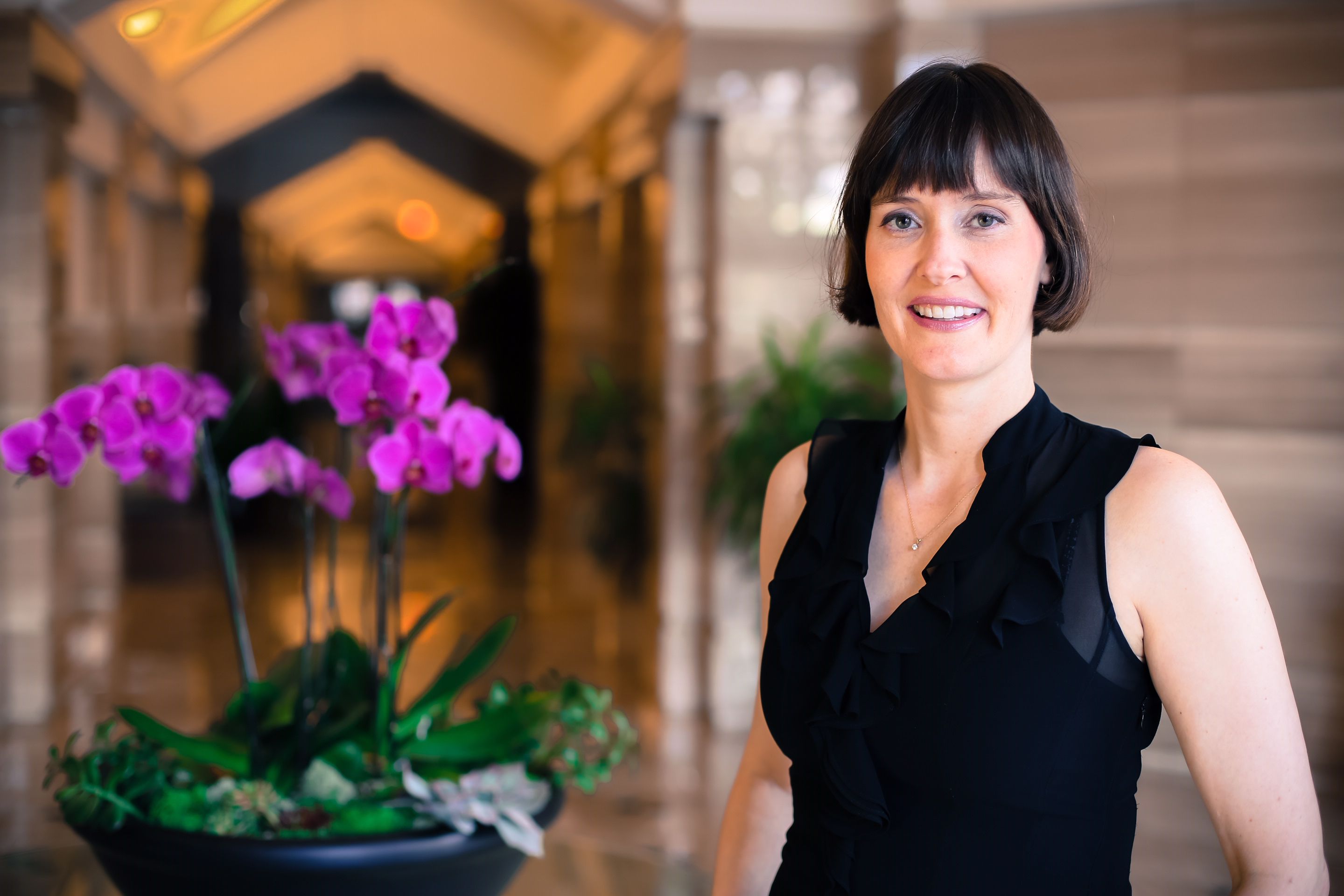
photo: Andrea Rampone
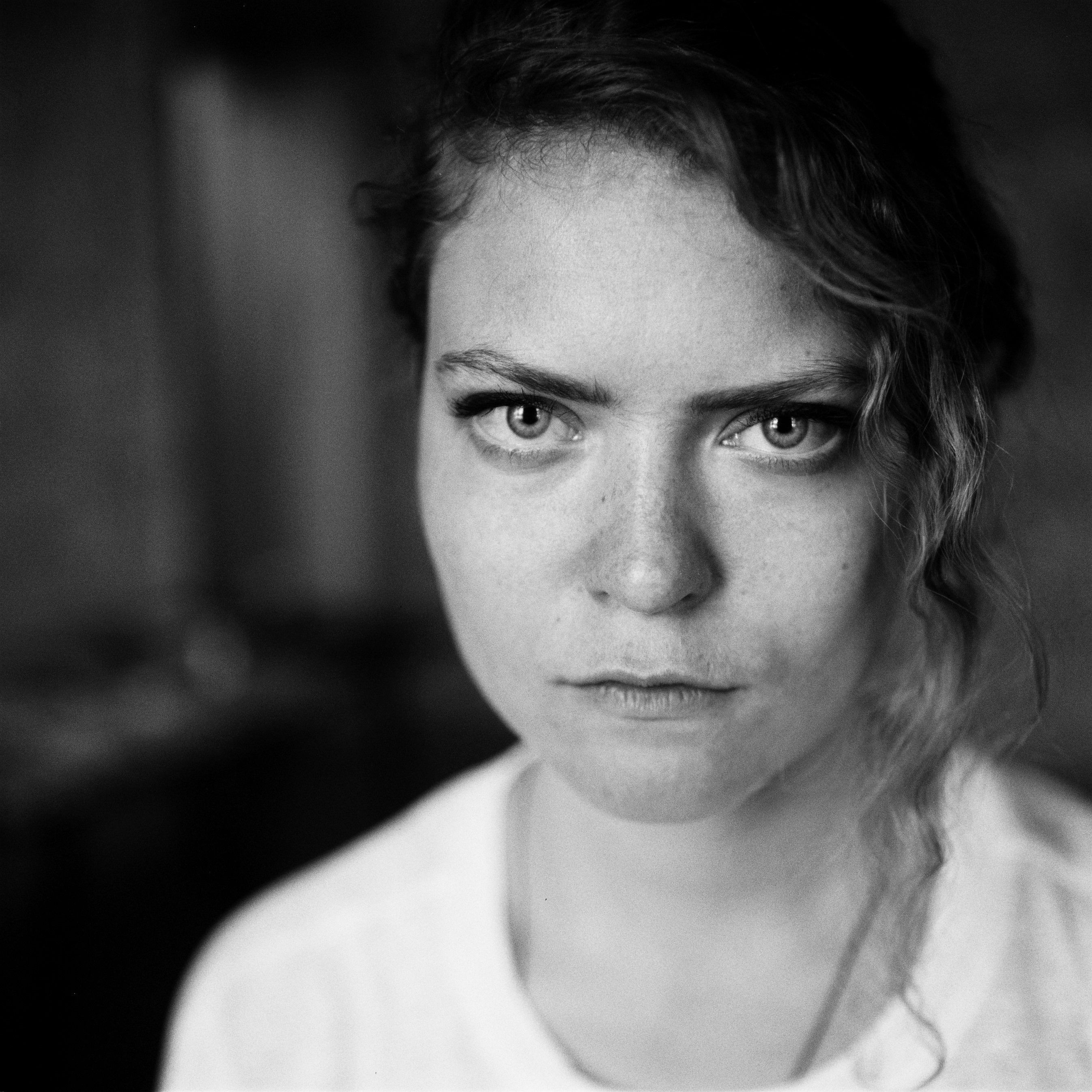
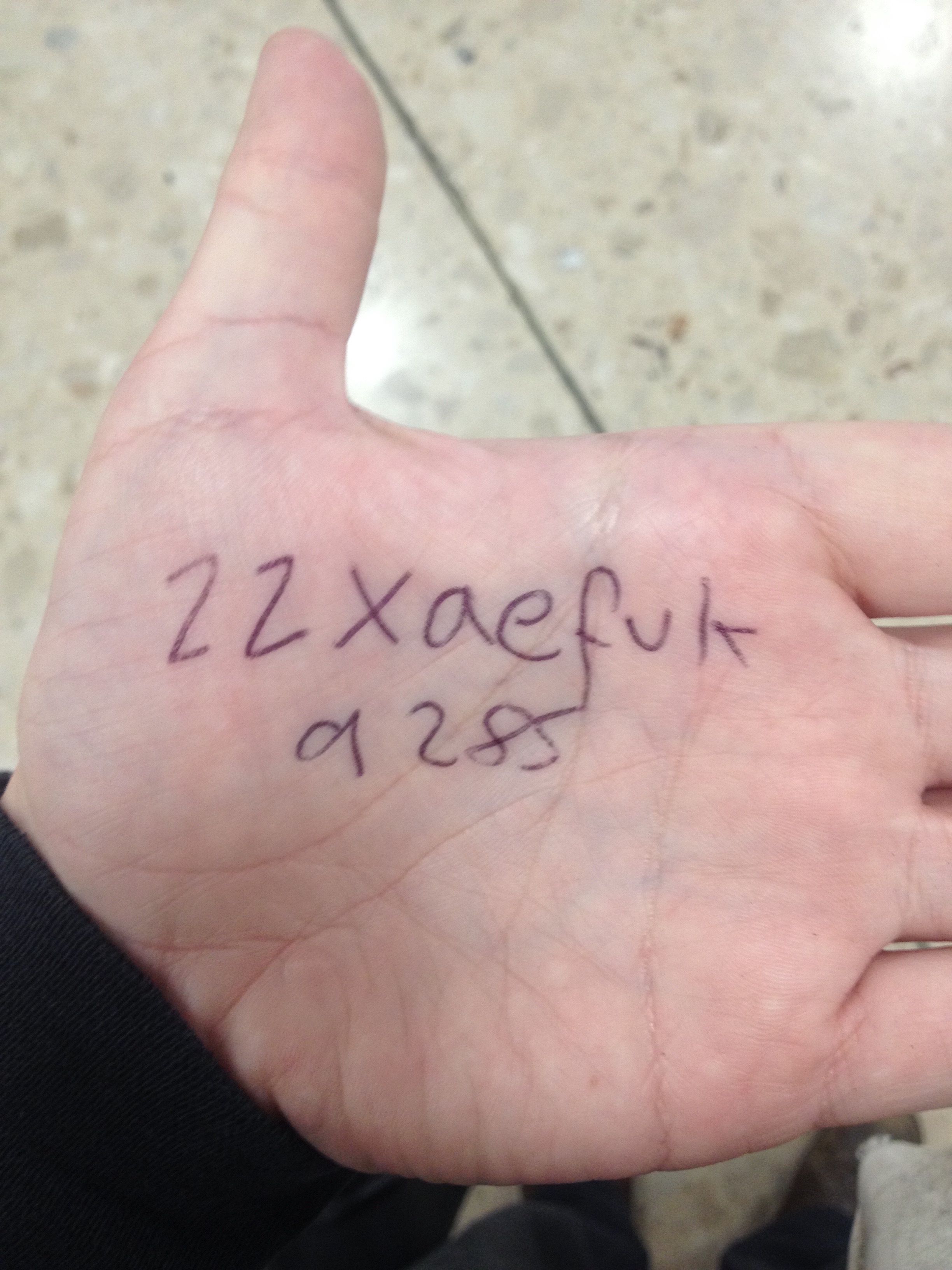
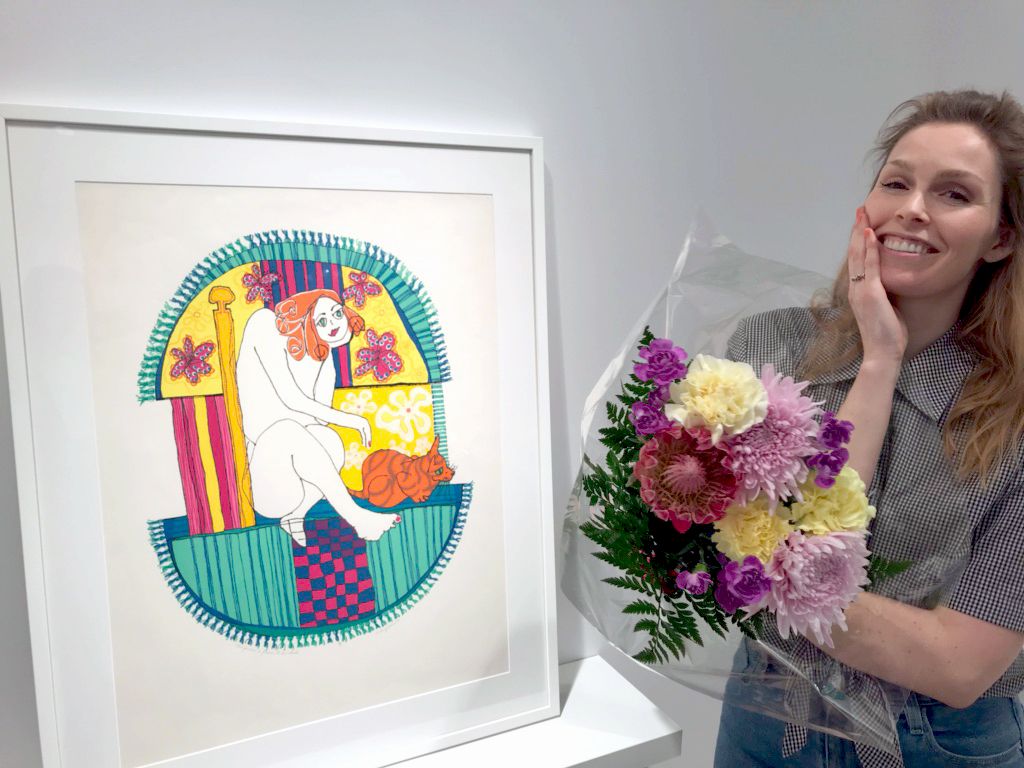
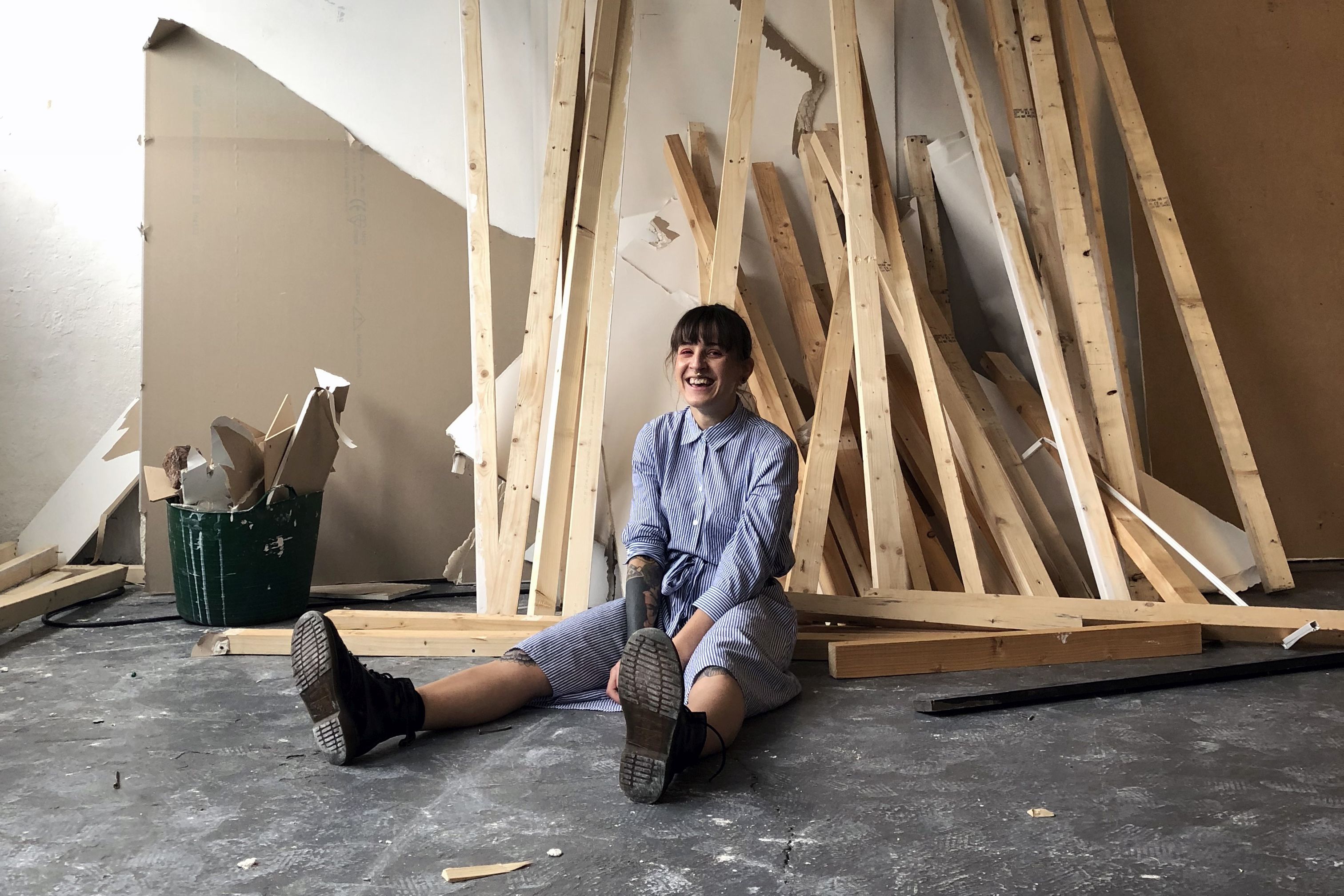

– Why did you decide to apply for a curatorial residency program in Hungary?
Ann Mirjam Vaikla: I was curious about the art world of Eastern Europe, as well as about the Budapest art scene – especially in the context of current political situation in Hungary. The programme seemed well prepared and I was intrigued by the idea to spend two weeks together with an international group of emerging curators to research curatorial practice in the context of Budapest city.
Takuya Tsutsumi: My research subject ‘horizontal art history’ proposed by Piotr Piotrowski, a Polish art historian, is to compare art practices in East-Central Europe in relation to political situation by cutting off certain time based on significant social changes led by the communism government of the time. His theory starts with an episode when had a small trip to Budapest in 1970, when he was a student, telling how the political tendencies in Poland and Hungary were different, even though each nation in the region was supposed to be regulated by the same cultural policy imposed by the USSR. As a Master’s student I would like to know what provoked him to focus on the topic to differentiate their cultures from Western European one.
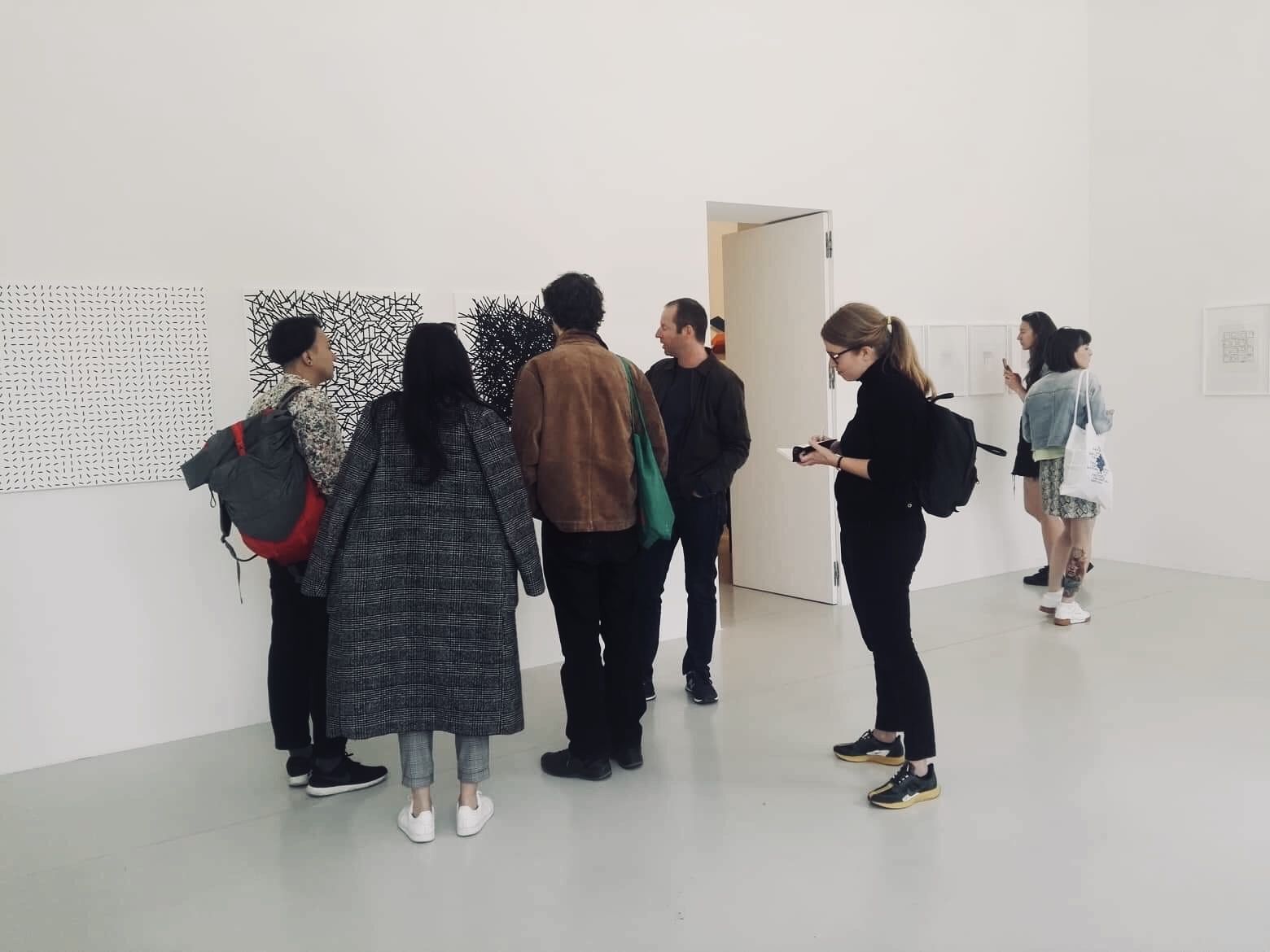
– If you could mention only one thing that this program gave you, what would it be?
Alana Coates: International contacts and connections. The group became tight friends immediately and we learned so much from each other. We had many conversations about comparisons of art systems from each of our countries.
Josh Plough: The confidence to quit my job and move to Poland to try and start something myself. Seeing how Easttopics organised themselves and the network they maintained gave me a kick up the arse. I want to open up an independent space and wondered how to do it and about the relevance of it. Being a witness and participant has confirmed to me that we need spaces like Easttopics more than ever!
Takuya Tsutsumi: This curatorial residency gave me a chance to know the exact art scene in Budapest, and made me think about the relationship between art and politics rather than theoretical and philosophical knowledge, led me inevitably to compare the ones in Japan and Poland, the three nations are in the similar nationalism nowadays. My feeling, however, is not so pessimistic to the oppressive situation, rather I guess the difficulty for art could be communicable so as to relativize each and go beyond where we are.
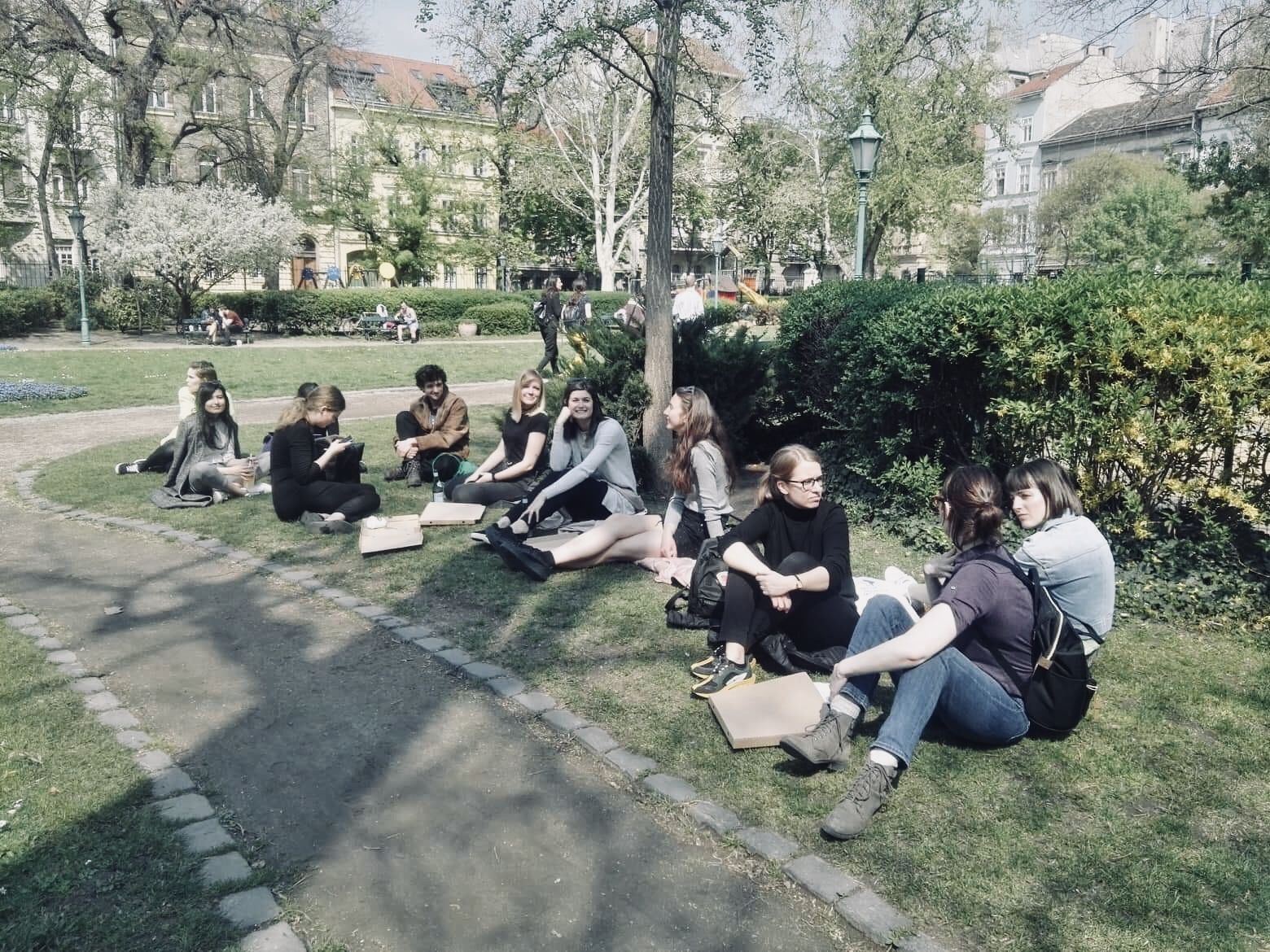
– How much did the knowledge you acquired help you get a more complex picture of the Central and Eastern European contemporary artistic scene?
Karina Cabanikova: I am more aware and interested to dive deep into the Central and Eastern European art scene. Before the residency I wasn’t confident to talk or even learn about the region on my own initiative. The residency gave me more courage and a chance to meet new people whose practice is focused on that region.
Ann Mirjam Vaikla: Being active in the residency field […] it made me rethink what a residency programme can be. I’ve become more considerate towards the political situation in Europe and how that might transform and configure the art scene – especially contemporary art.
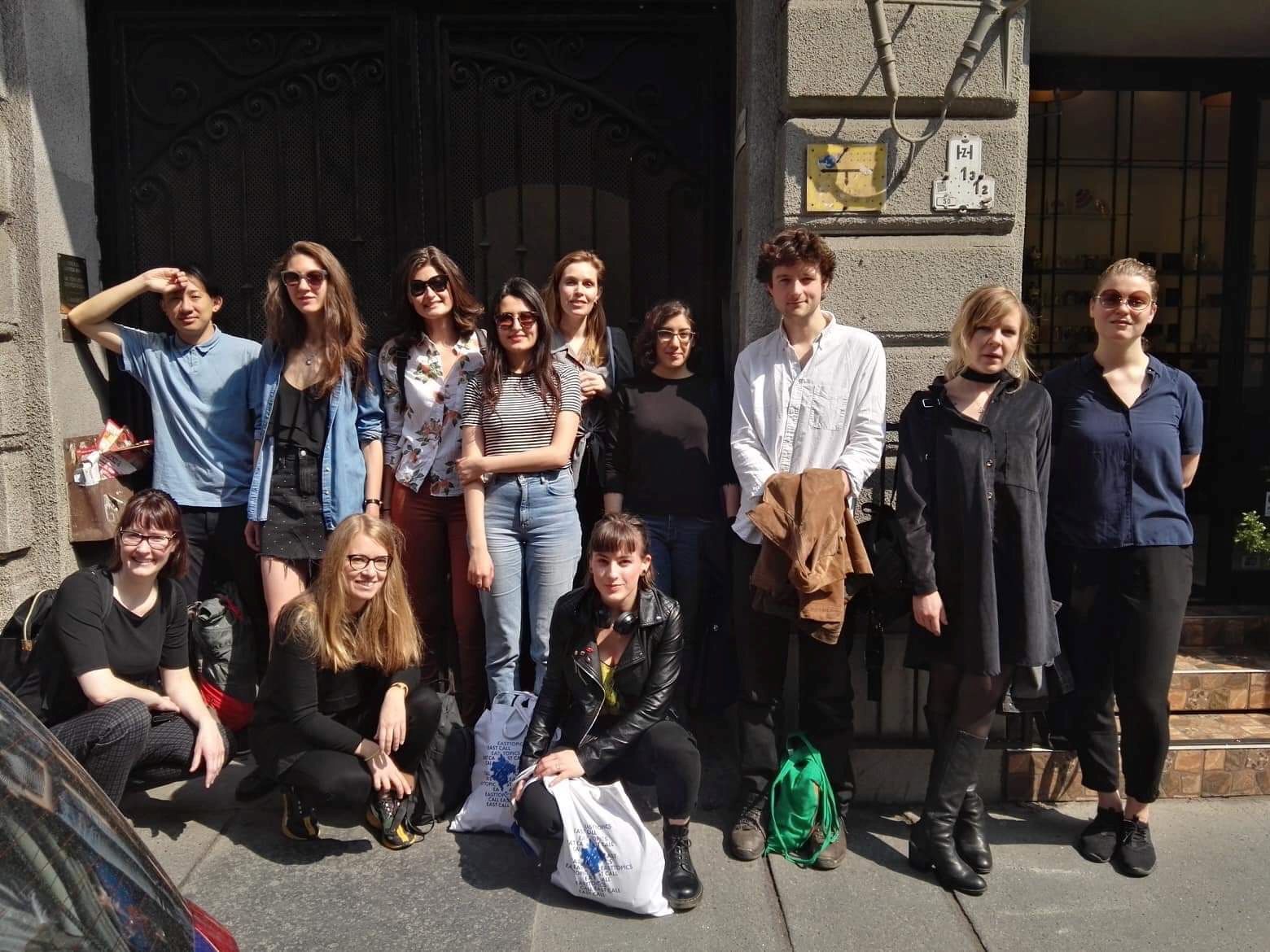
– What was the strength of the residency program?
Takuya Tsutsumi: This residency program conducted by the easttopics has a strong and an intimate network with artists, curators, and cultural practitioners in Budapest, meaning that you can construct practical relationships with the actors in Hungary. Also the easttopics, as the name implies, is interested in expanding their connection from other regions, seeking curators who intend to know what they don’t know about the topics in the Western East.
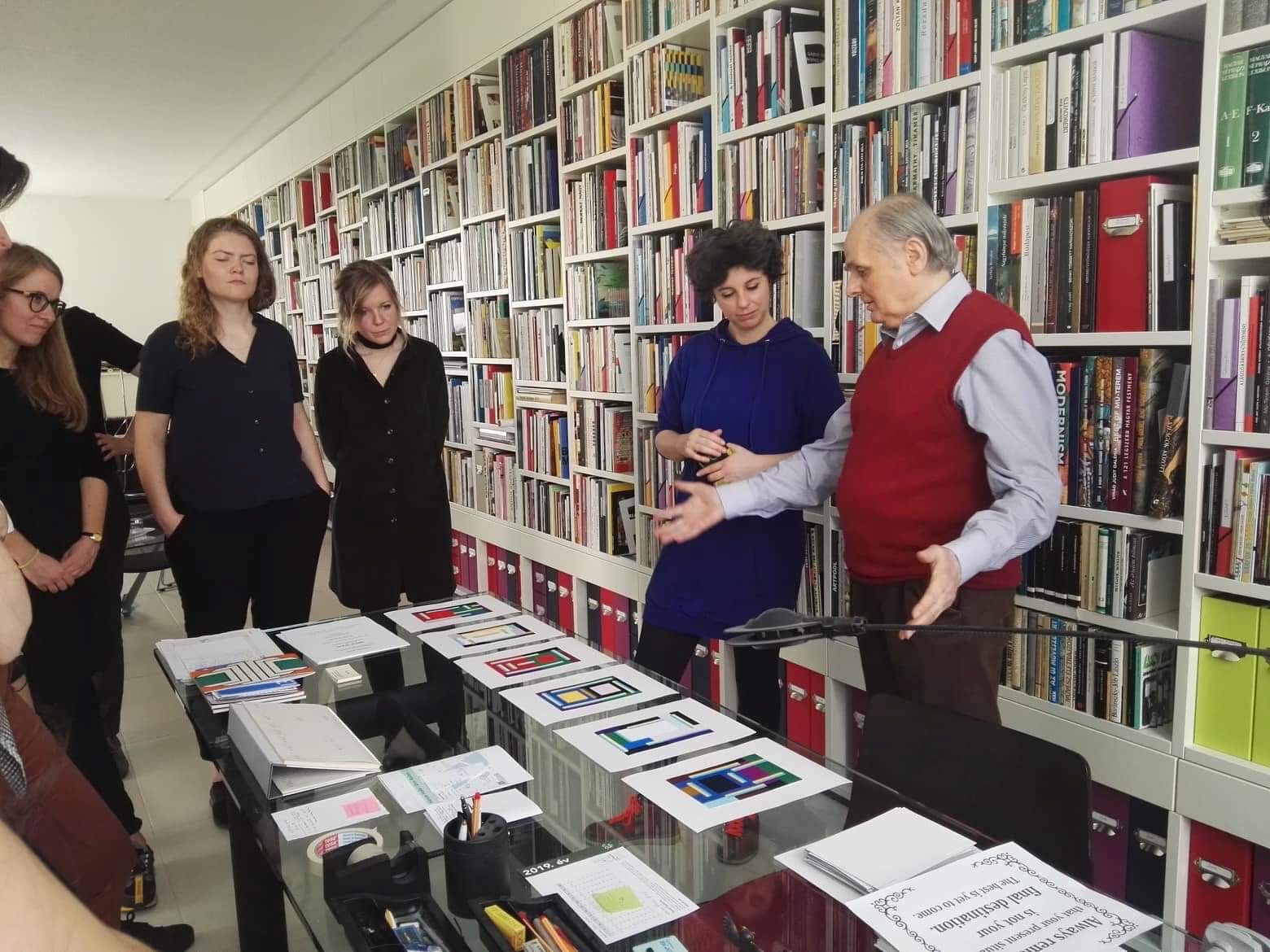
– What was the strength of the residency program?
Genevieve Farrell: The interdisciplinarity of the residency was super impactful for me. Throughout the residency, we met emerging and established artists and curators, but also academics, journalists, gallerists and an ex museum director. The variety of perspectives helped me get a real sense of the urgency felt by many people connected to the Hungarian art scene in terms of preserving freedom of expression and ties to the broader art community. Pulling peripheries to the centre, or drawing links from one periphery to another, was already at play in my curatorial practise, but the residency with Easttopics helped me to push the scope of this thinking. The possibility of odd but meaningful connections is even more open and exciting now.
